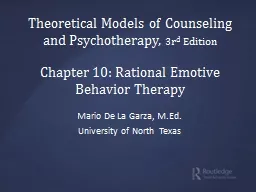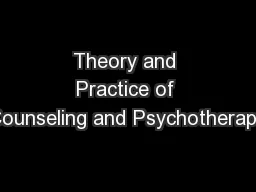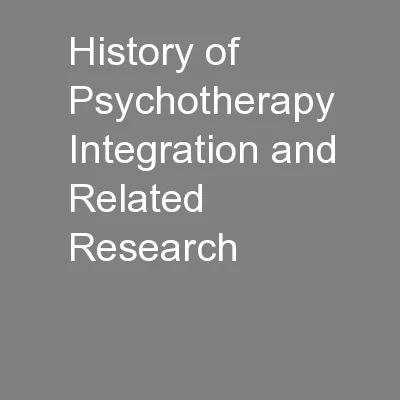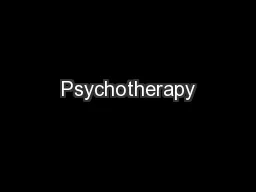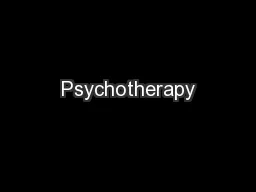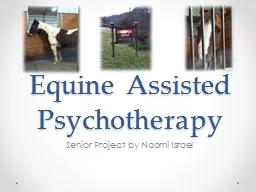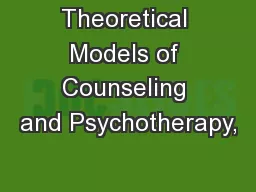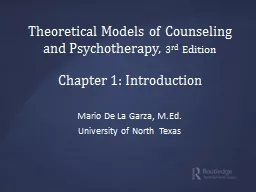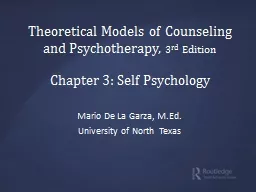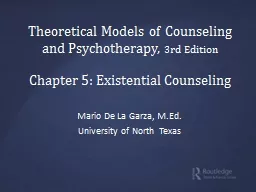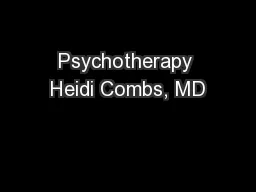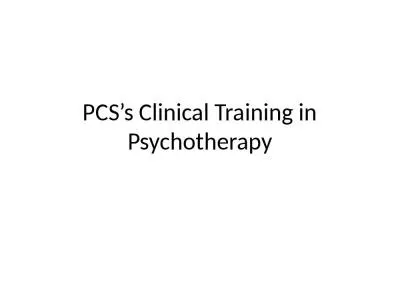PPT-Theoretical Models of Counseling and Psychotherapy,
Author : natalia-silvester | Published Date : 2018-03-23
3r d Edition Chapter 10 Rational Emotive Behavior Therapy Mario De La Garza MEd University of North Texas Albert Ellis The oldest of three children Struggled with
Presentation Embed Code
Download Presentation
Download Presentation The PPT/PDF document "Theoretical Models of Counseling and Psy..." is the property of its rightful owner. Permission is granted to download and print the materials on this website for personal, non-commercial use only, and to display it on your personal computer provided you do not modify the materials and that you retain all copyright notices contained in the materials. By downloading content from our website, you accept the terms of this agreement.
Theoretical Models of Counseling and Psychotherapy,: Transcript
Download Rules Of Document
"Theoretical Models of Counseling and Psychotherapy,"The content belongs to its owner. You may download and print it for personal use, without modification, and keep all copyright notices. By downloading, you agree to these terms.
Related Documents

